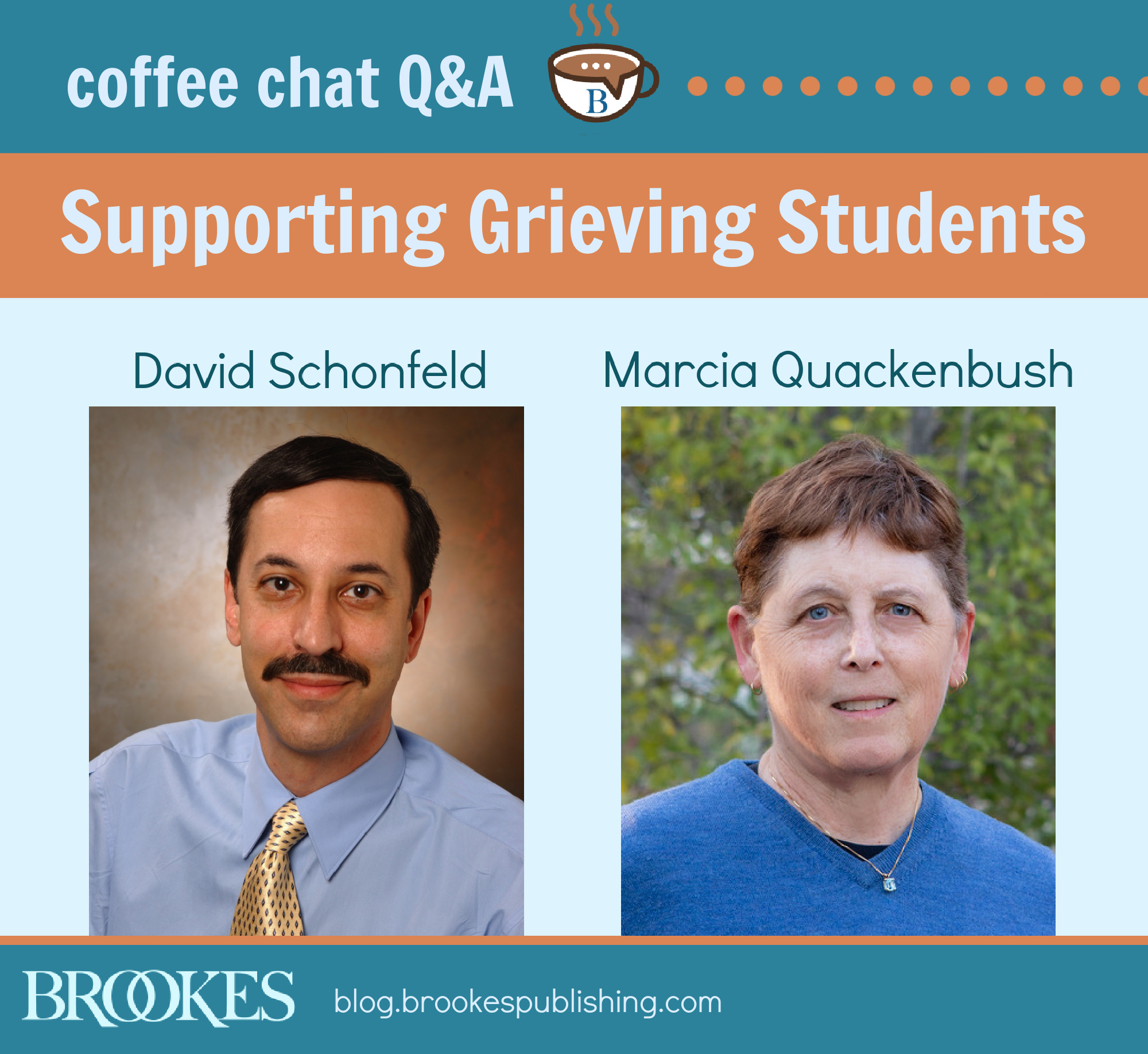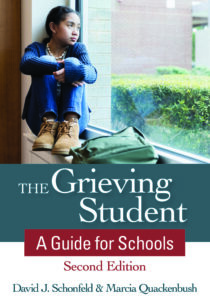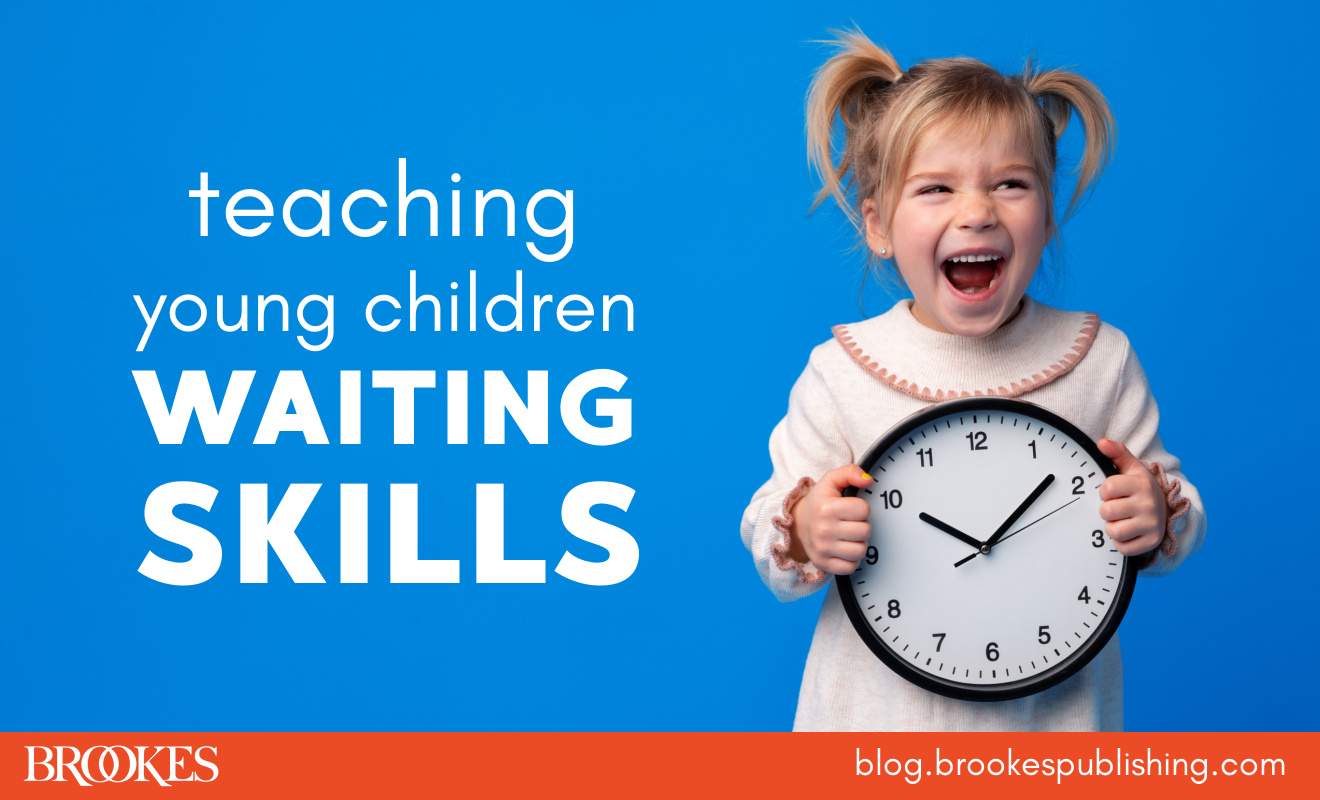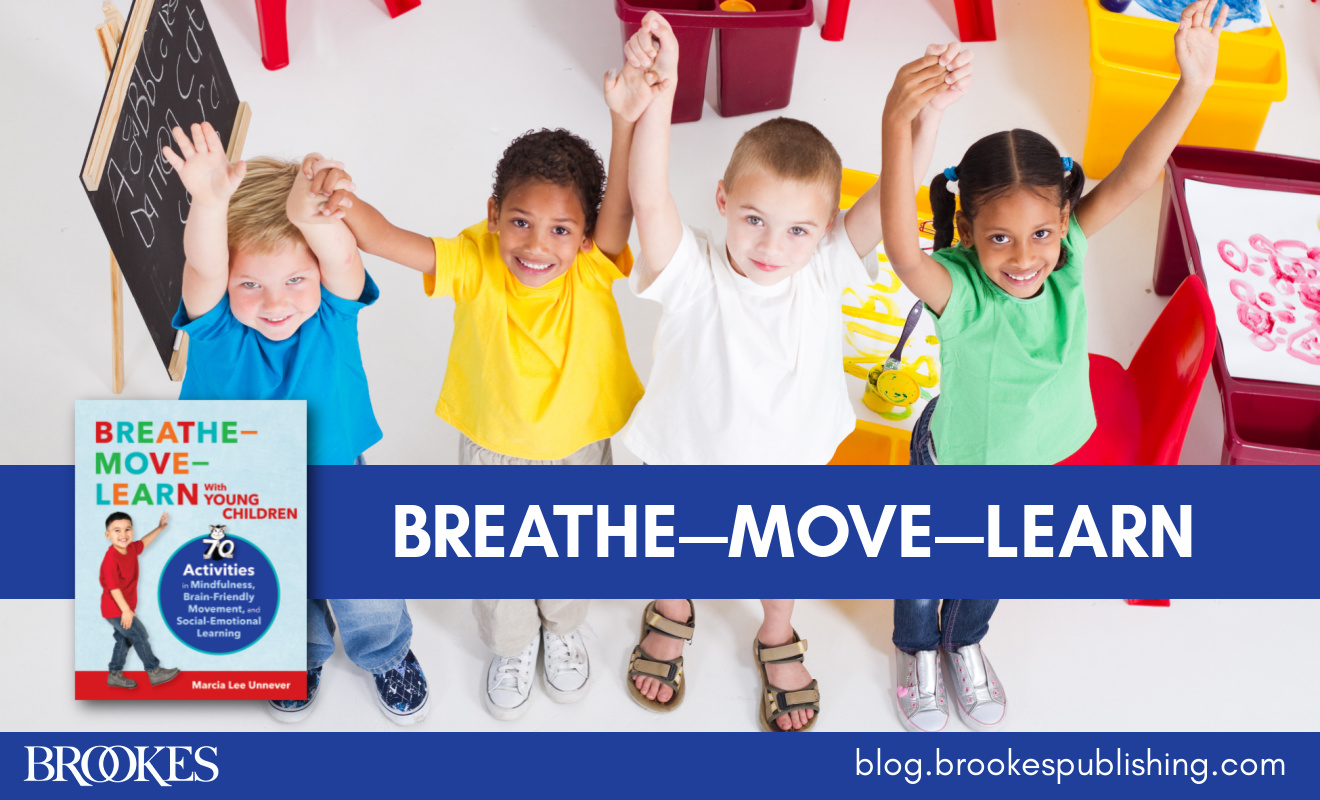AUTHOR Q&A: 5 Key Questions About Supporting Grieving Students
May 18, 2021
If you’ve been keeping up with our spring series of free coffee chats with Brookes experts, you might have seen David Schonfeld and Marcia Quackenbush’s presentation on Supporting the Grieving Student: Practical Guidance for All School Professionals.
After the coffee chat, we asked David and Marcia to provide answers to some of the questions we received but weren’t able to address during the live session. Here are their answers to five timely questions, covering supports for preschool-aged children, transitioning to college while grieving, and more. In this Q&A, David and Marcia also recommend some key materials from the Coalition to Support Grieving Students, which offers a range of free resources for school teams and families.
Q. Is it okay to say to a child that has lost a parent, “I don’t understand what you are going through, but I am here for you?”
A. Yes. The most important things are to acknowledge the loss, be authentically present, and express caring and compassion. Since grieving children and teens often don’t have a sense of what they might want or need, you could offer a little guidance when you talk to them. For example, you might say, “I don’t understand what you are going through, but I am here for you. I’m interested in what you’re thinking and feeling, and I care about how you’re doing. If you ever want to talk or ask questions, please know you can come to me.”
For further ideas, see the materials from the Coalition to Support Grieving Students on “Talking With Children” and “What Not to Say.”
Q. What advice can teachers give the student who is about to graduate and move on to college? Their life already had many changes and now they will no longer be in school in a month.
A. Transitions are stressful for all students, and this is especially true for grieving students. Transitions to college are even more stressful than usual as we begin to lift COVID-19 lockdowns. Most seniors have missed in-person school experiences in their final year of high school, and many are anxious about both the social demands of in-person college and the potential risks for COVID transmission.
When a student loses a parent, there may be new issues at hand—whether the family can afford college, whether the student feels comfortable leaving the family for a non-local college, or whether the family needs the student to work instead of going to school to provide financial support.
Educators can offer to talk about these concerns with a grieving student. With the student’s and family’s permission, a school administrator or counselor may want to contact the college’s counseling office and share some background on the student’s experiences.
For more suggestions, check the materials from the Coalition to Support Grieving Students on “Coordinating Services & Supporting Transitions.”
Q. What do you recommend that schools do to address deaths that impact the entire school community?
A. This is a big topic that can’t sufficiently be addressed in a brief answer here. Schools need to take steps to ensure that students, families, and staff are informed about the death and have accurate information. In crisis situations, such as on-campus shootings with multiple injuries or deaths, plans for immediate support of students, families, and staff must be put into action. Policies, plans, and procedures should be set in place proactively, not in response to an event.
There are a number of informative resources on these matters at the Coalition website in the segment on “Crisis and Special Circumstances.” There are also two guidance documents from the National Center for School Crisis and Bereavement that outline practical steps for responding to the death of a student, whether the death is due to suicide or other causes.
Q. Can you provide strategies to try with preschool-aged children who may be grieving? At such a young age they may not even understand that what is going on is grief.
A. Even infants are sensitive to grief and loss. They will miss the familiar comfort of a caregiver who has died. They will sense distress and sadness in family members who are grieving, even if the infant did not know the person who died.
There are four essential concepts children (and adults) need to understand about death to be able to move forward in the process of grieving. These are:
- Death is irreversible.
- All life functions end completely at the time of death.
- Everything that is alive eventually dies.
- There are physical reasons someone dies.
Family members and caregivers can talk about these concepts with young children using words and ideas that work at their developmental level. For example, someone who has died might be “all gone.” The person doesn’t hurt any more. The family won’t be able to see the person any more. The family is sad because they miss the person who has died.
For more ideas, check out the Coalition materials on “Concepts of Death.” These suggestions can also be helpful for students with intellectual or neurodevelopmental disabilities.
Q. Could these recommendations apply for students who may be dealing with grief related to racial violence, as well?
A. In a general sense, yes. Educators will want to acknowledge that racial violence can bring up many troubling feelings. When educators say nothing, they communicate to students that they are insensitive, uncaring, or incapable of talking about these matters. Students might believe that their own feelings are too frightening or overwhelming for adults to hear about.
Emphasize that everyone has unique thoughts and responses to these events and invite students to discuss and describe their reactions. In some instances, referral to counseling or setting up support groups for students may be appropriate.
There are many distinct and unique aspects of student responses to racial violence and the particular burden experienced in communities of color, so it would be important for educators to look to other resources for full guidance on these matters. However, as grief-sensitive schools and educators, it’s also important for us to remember that the grief of the COVID pandemic has been felt most dramatically in communities of color (e.g., more severe illness, more deaths, greater financial losses, more evictions). We believe losses from COVID are intensified when they occur against a backdrop of racial violence.
Thanks to David and Marcia for offering their insights on these important questions. For expanded discussion of these topics and practical guidance every teacher should have, see the new edition of The Grieving Student:
 The Grieving Student
The Grieving Student
A Guide for Schools, Second Edition
By David Schonfeld, M.D., FAAP, & Marcia Quackenbush, M.S., MFT, CHES
Get an in-depth understanding of a child’s experience of grief and learn about the most powerful ways to make a positive difference. Drawing on both empirical research and extensive professional experience, the authors have enhanced this new edition with up-to-date information on grief in the context of school crisis and trauma, suicide loss, social media, and other timely topics. School staff will get real-world tips, strategies, vignettes, and activities to help them skillfully support students as they cope with grief and loss.




Write a Comment
Your email address will not be published. Required fields are marked *
Post a Comment